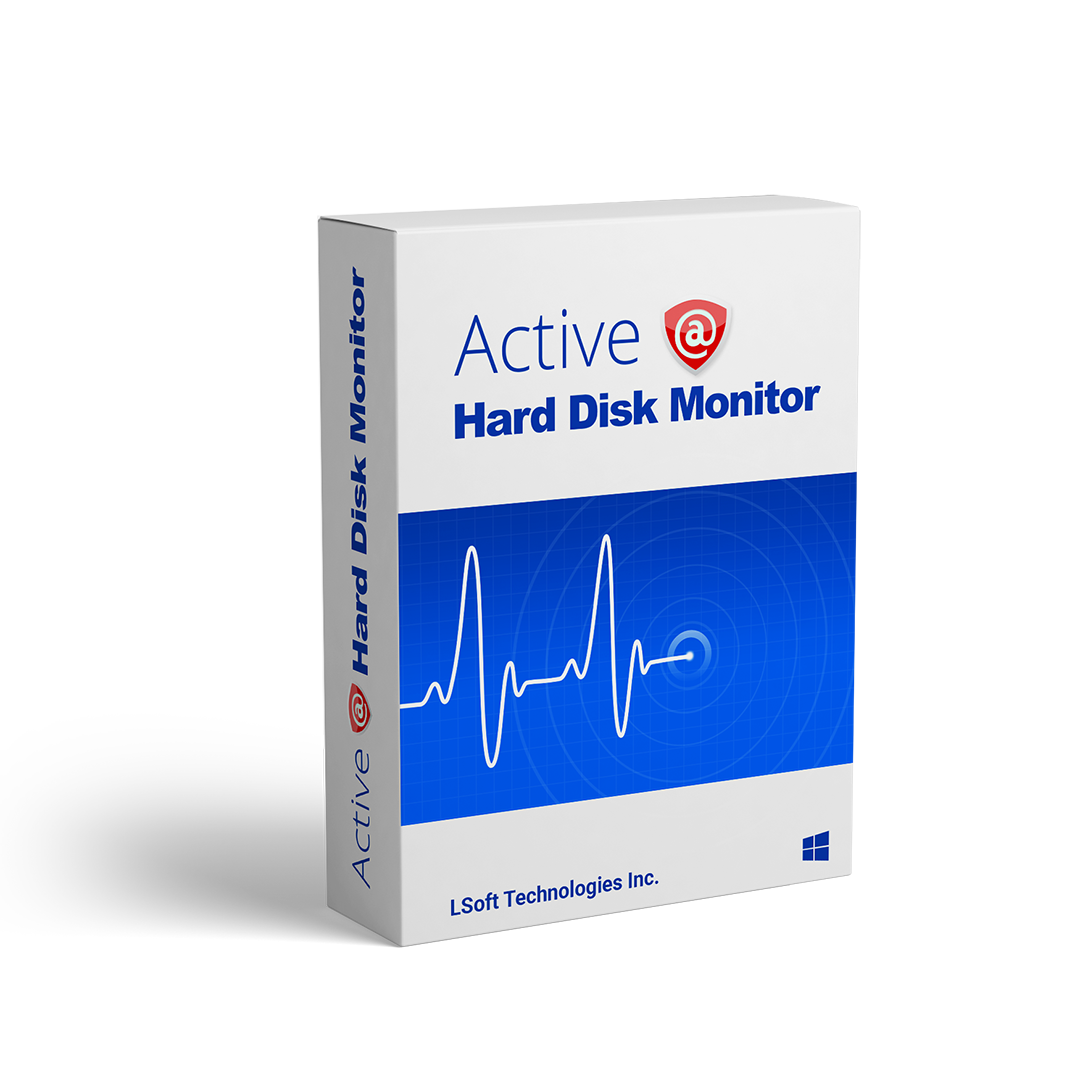Standards and Implementation
Many motherboards will display a warning message when a disk drive approaches failure. Although an industry standard among most major hard drive manufacturers, there are some remaining issues and much proprietary "secret knowledge" held by individual manufacturers as to their specific approach. As a result, S.M.A.R.T. is not always implemented correctly on many computer platforms due to the absence of industry-wide software & hardware standards for S.M.A.R.T. data interchange.
From a legal perspective, the term "S.M.A.R.T." refers only to a signaling method between internal disk drive electromechanical sensors and the host computer — thus a disk drive manufacturer could include a sensor for just one physical attribute and then advertise the product as S.M.A.R.T. compatible. For example, a drive manufacturer might claim to support S.M.A.R.T. but not include a temperature sensor, which the customer might reasonably expect to be present.
Some S.M.A.R.T.-enabled motherboards and related software may not communicate with certain S.M.A.R.T.-capable drives, depending on the type of interface. Few external drives connected via USB and Firewire correctly send S.M.A.R.T. data over those interfaces. With so many ways to connect a hard drive (e.g. SCSI, FibreChannel, ATA, SATA, SAS, SSA and SSD) it's difficult to predict whether S.M.A.R.T. reports will function correctly.
Even on hard drives and interfaces that support it, S.M.A.R.T. data may not be reported correctly to the computer's operating system. Some disk controllers can duplicate all write operations on a secondary "backup" drive in real-time. This feature is known as "RAID mirroring".
However, many programs which are designed to analyze changes in drive behavior and relay S.M.A.R.T. alerts to the operator do not function when a computer system is configured for RAID support, usually because under normal RAID array operational conditions, the computer may not be permitted to 'see' (or directly access) individual physical drives, but only logical volumes, by the RAID array subsystem.
On the Windows platform, many programs designed to monitor and report S.M.A.R.T. information will only function under an administrator account. At present S.M.A.R.T. is implemented individually by manufacturers, and while some aspects are standardized for compatibility, others are not.
One of the other fundamental problems with S.M.A.R.T is that it slows performance and for this reason it is disabled by default in many motherboard BIOSes.
Performance Monitoring
Provides background hard disk performance monitoring and control over the disk's state
S.M.A.R.T. Technologiy
Based on Self Monitoring Analysis and Reporting Technology (S.M.A.R.T.)
Scanning disks for bad sectors
Able to scan and display bad sectors on a disk surface
Тemperature graph
Keeps the history of temperature measures and draws a temperature graph
E-mail and pop-up notifications
Sends an e-mail or a popup notification automatically if critical conditions appear
Remote Administration and Monitoring
Shows all information and receives notifications from remote computers in local or global network

